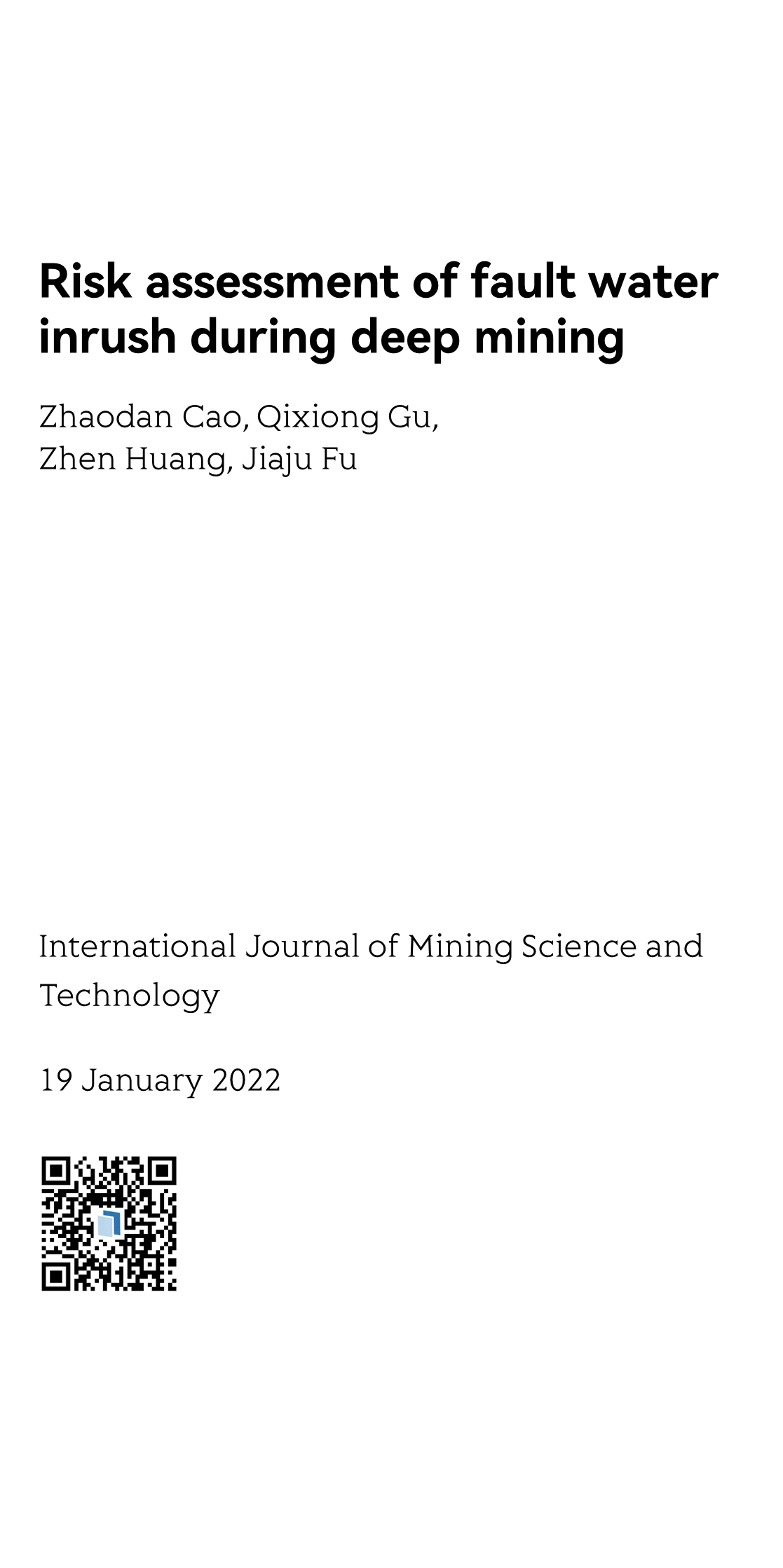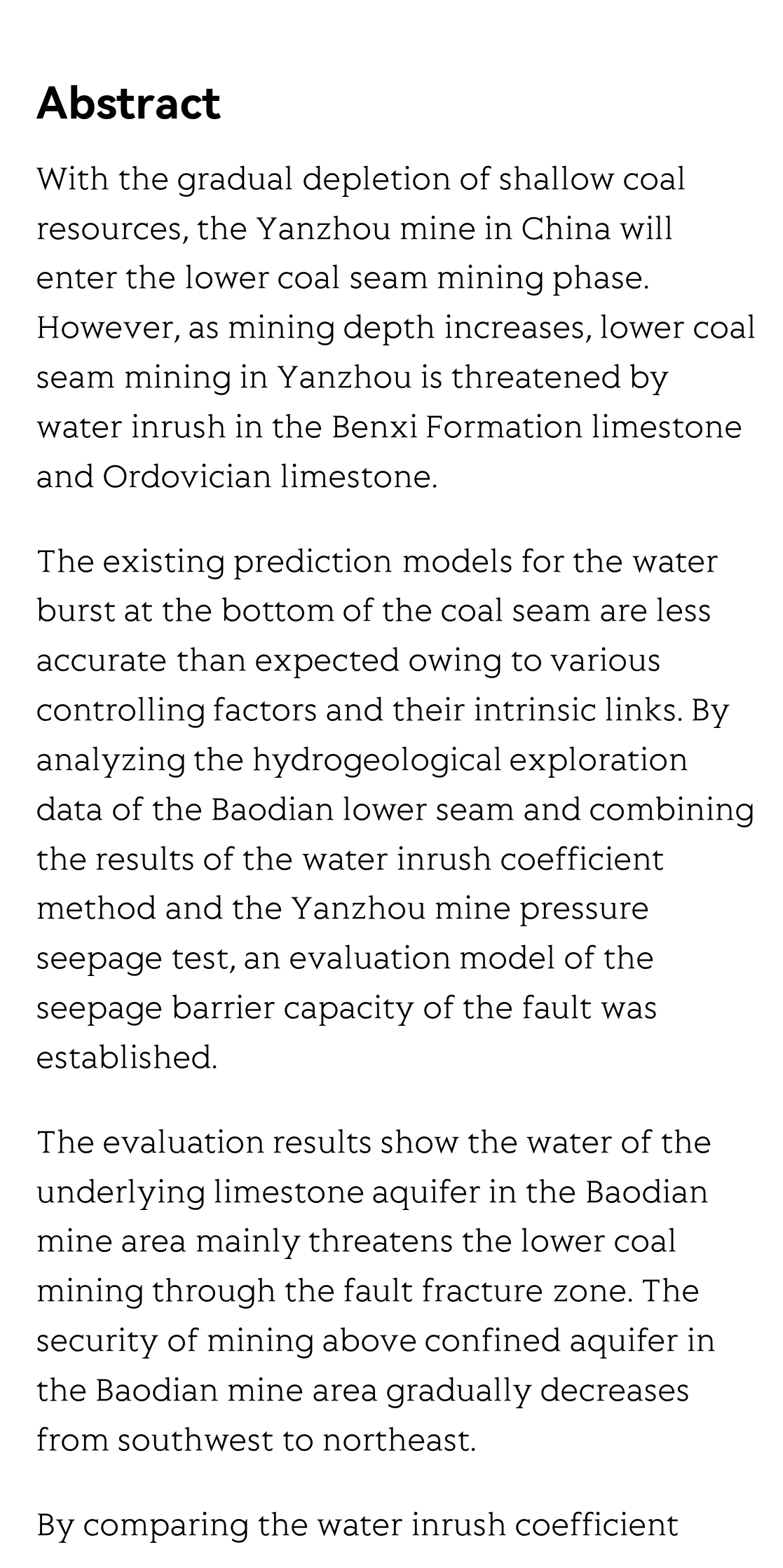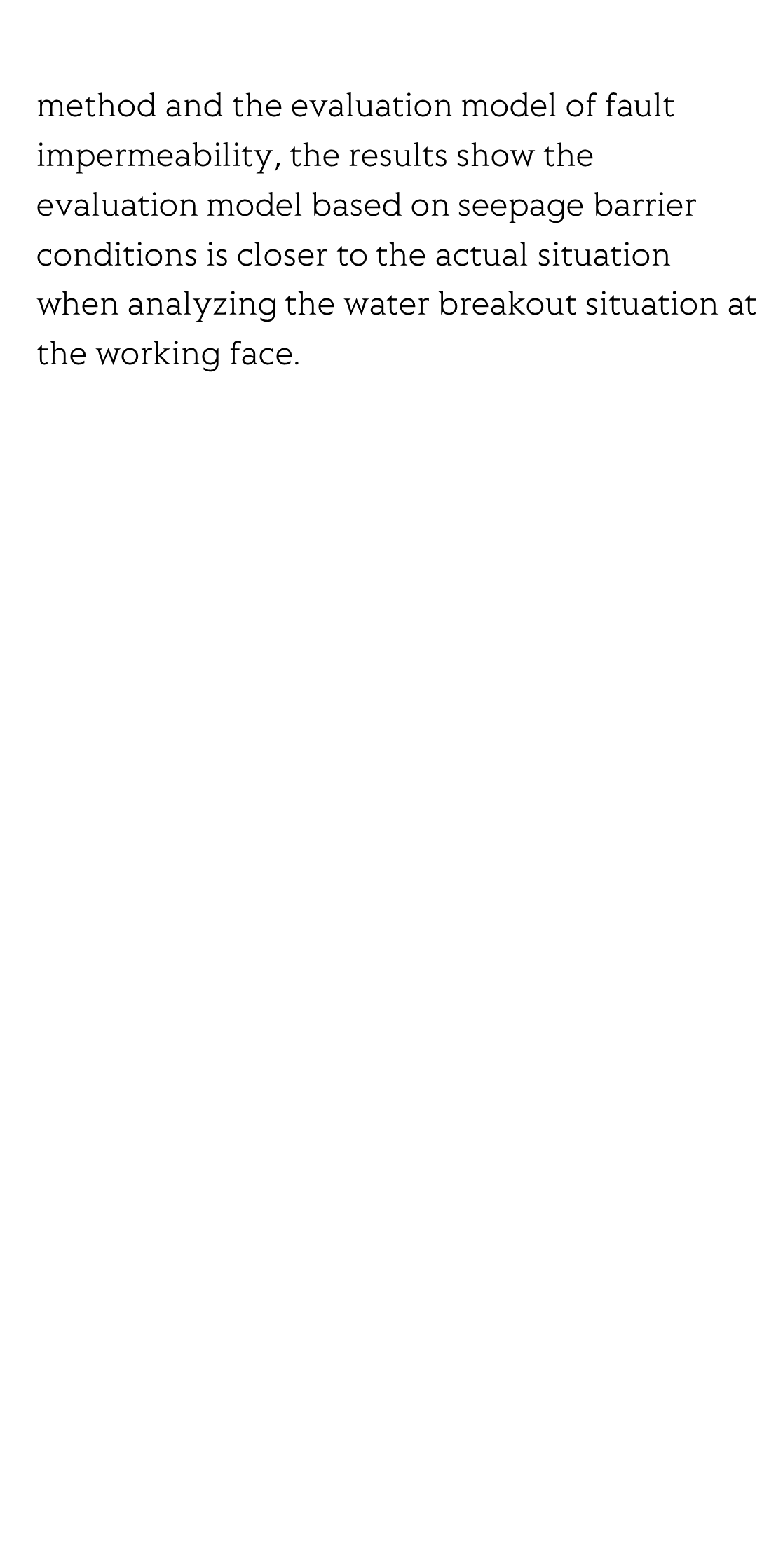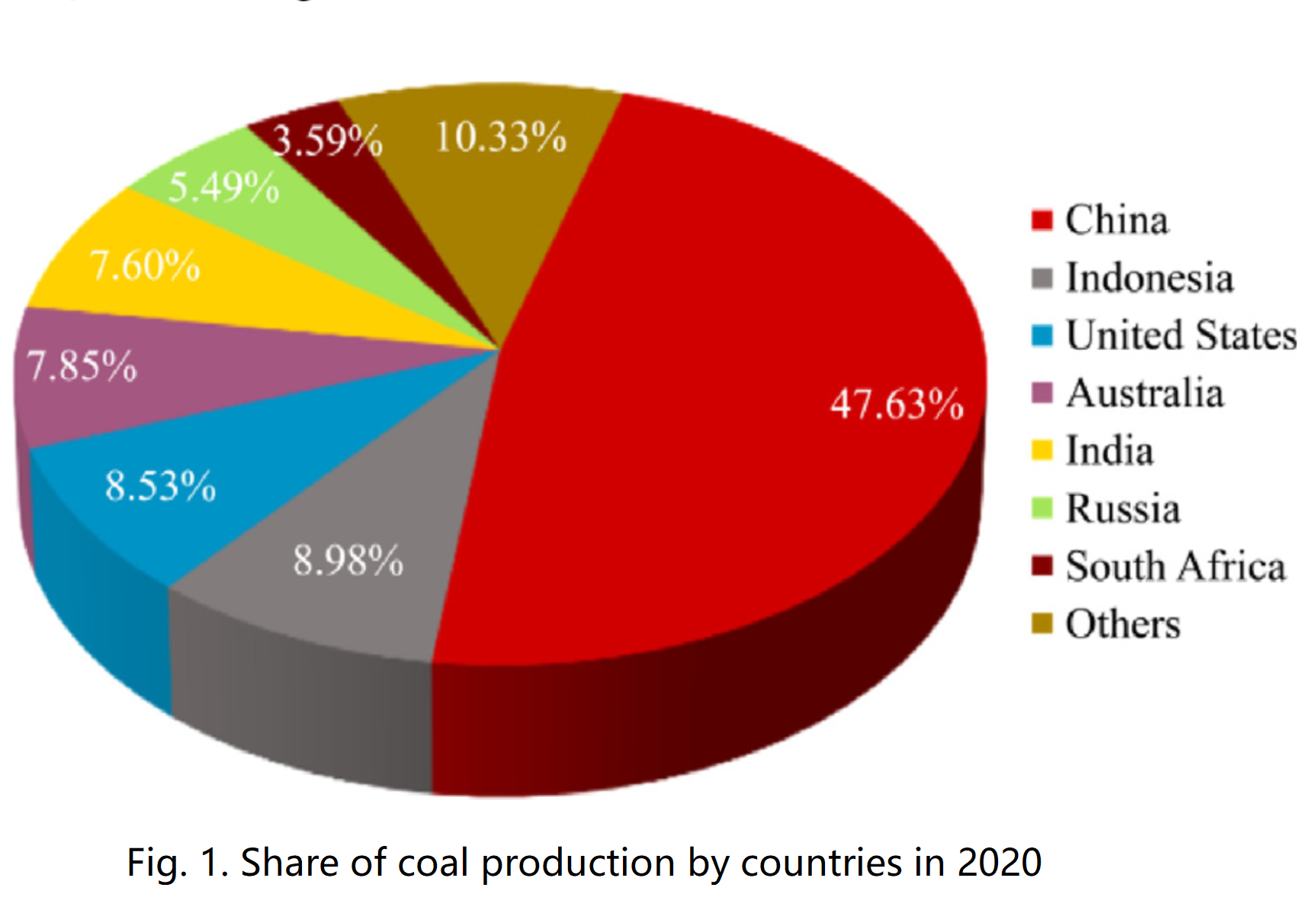(Peer-Reviewed) Risk assessment of fault water inrush during deep mining
Zhaodan Cao ¹ ², Qixiong Gu 古启雄 ³, Zhen Huang 黄震 ³, Jiaju Fu ⁴
¹ College of Civil Engineering and Architecture, Zhejiang University, Hangzhou 310058, China
中国 杭州 浙江大学建筑工程学院
² ZJU-UIUC Institute, Zhejiang University, Haining 314400, China
中国 海宁 浙江大学伊利诺伊大学厄巴纳香槟校区联合学院
³ School of Resources and Environment Engineering, Jiangxi University of Science and Technology, Ganzhou 341000, China
中国 赣州 江西理工大学资源与环境工程学院
⁴ Guiyang Architectural Design and Surveying Prospecting CO. LTD, Guiyang 550082, China
中国 贵阳 贵阳建筑勘察设计有限公司
Abstract
With the gradual depletion of shallow coal resources, the Yanzhou mine in China will enter the lower coal seam mining phase. However, as mining depth increases, lower coal seam mining in Yanzhou is threatened by water inrush in the Benxi Formation limestone and Ordovician limestone.
The existing prediction models for the water burst at the bottom of the coal seam are less accurate than expected owing to various controlling factors and their intrinsic links. By analyzing the hydrogeological exploration data of the Baodian lower seam and combining the results of the water inrush coefficient method and the Yanzhou mine pressure seepage test, an evaluation model of the seepage barrier capacity of the fault was established.
The evaluation results show the water of the underlying limestone aquifer in the Baodian mine area mainly threatens the lower coal mining through the fault fracture zone. The security of mining above confined aquifer in the Baodian mine area gradually decreases from southwest to northeast.
By comparing the water inrush coefficient method and the evaluation model of fault impermeability, the results show the evaluation model based on seepage barrier conditions is closer to the actual situation when analyzing the water breakout situation at the working face.
Flicker minimization in power-saving displays enabled by measurement of difference in flexoelectric coefficients and displacement-current in positive dielectric anisotropy liquid crystals
Junho Jung, HaYoung Jung, GyuRi Choi, HanByeol Park, Sun-Mi Park, Ki-Sun Kwon, Heui-Seok Jin, Dong-Jin Lee, Hoon Jeong, JeongKi Park, Byeong Koo Kim, Seung Hee Lee, MinSu Kim
Opto-Electronic Advances
2025-09-25
Dual-frequency angular-multiplexed fringe projection profilometry with deep learning: breaking hardware limits for ultra-high-speed 3D imaging
Wenwu Chen, Yifan Liu, Shijie Feng, Wei Yin, Jiaming Qian, Yixuan Li, Hang Zhang, Maciej Trusiak, Malgorzata Kujawinska, Qian Chen, Chao Zuo
Opto-Electronic Advances
2025-09-25







